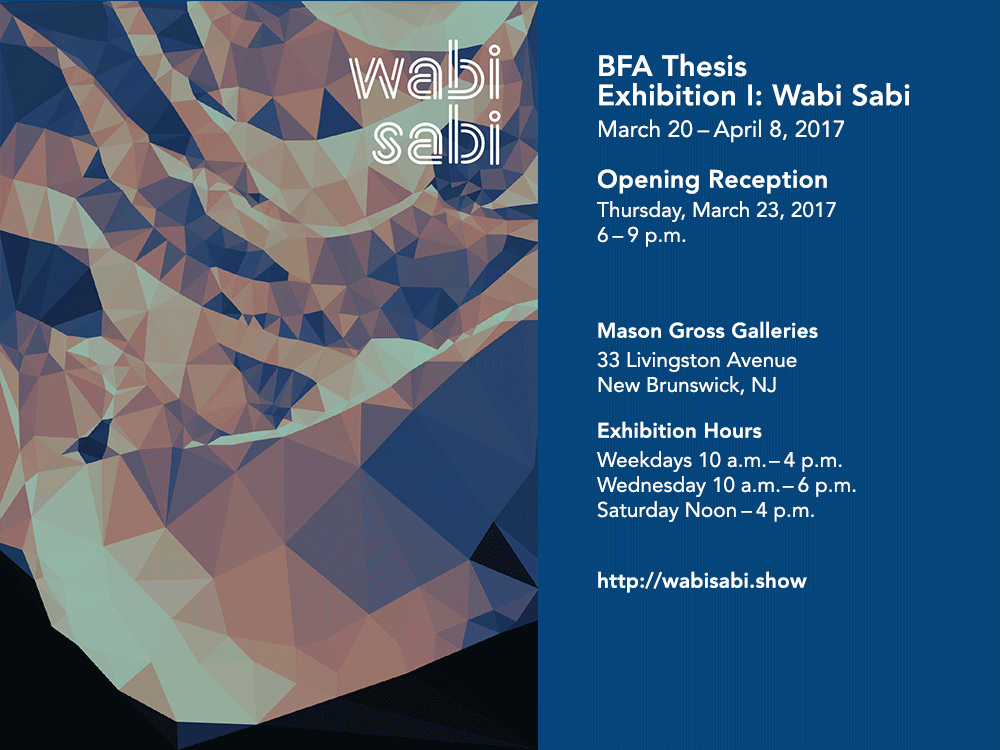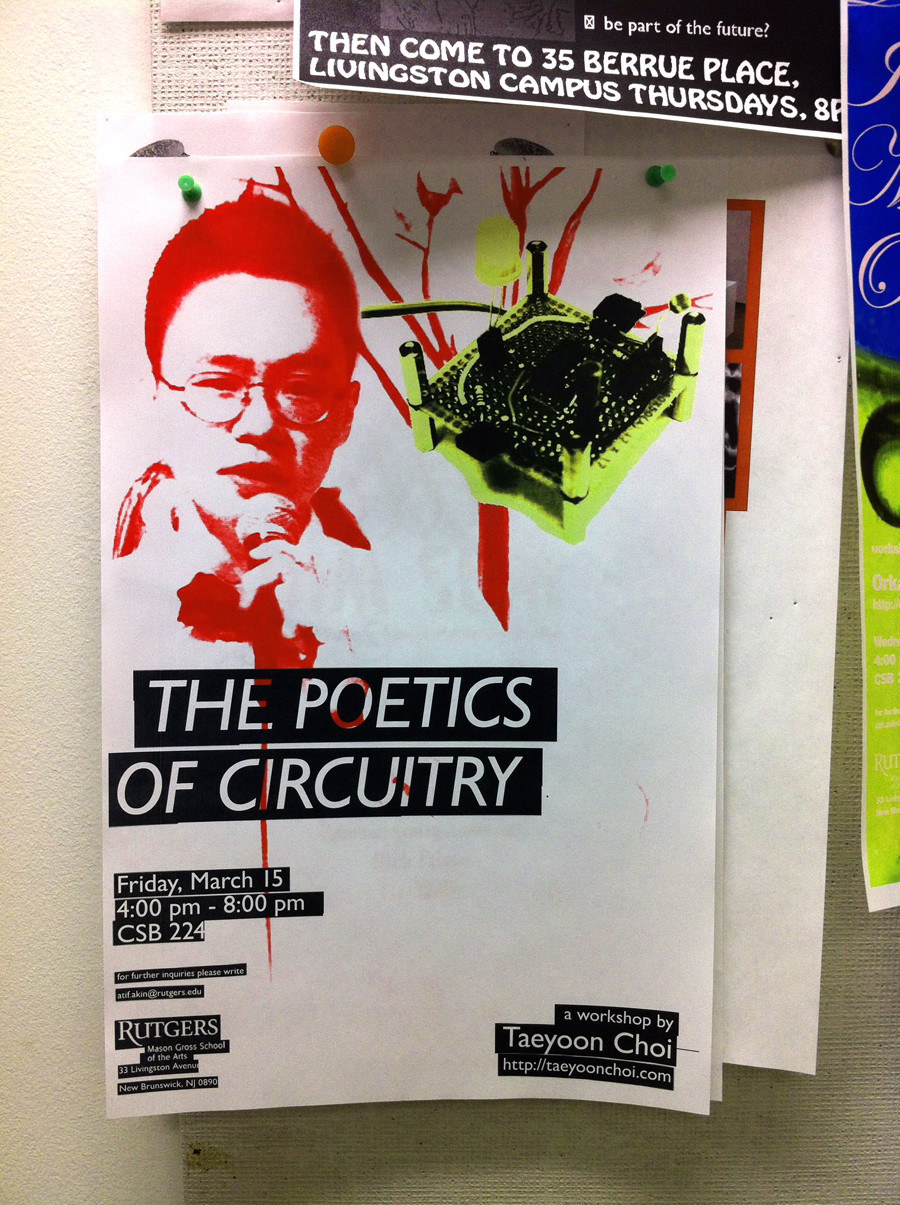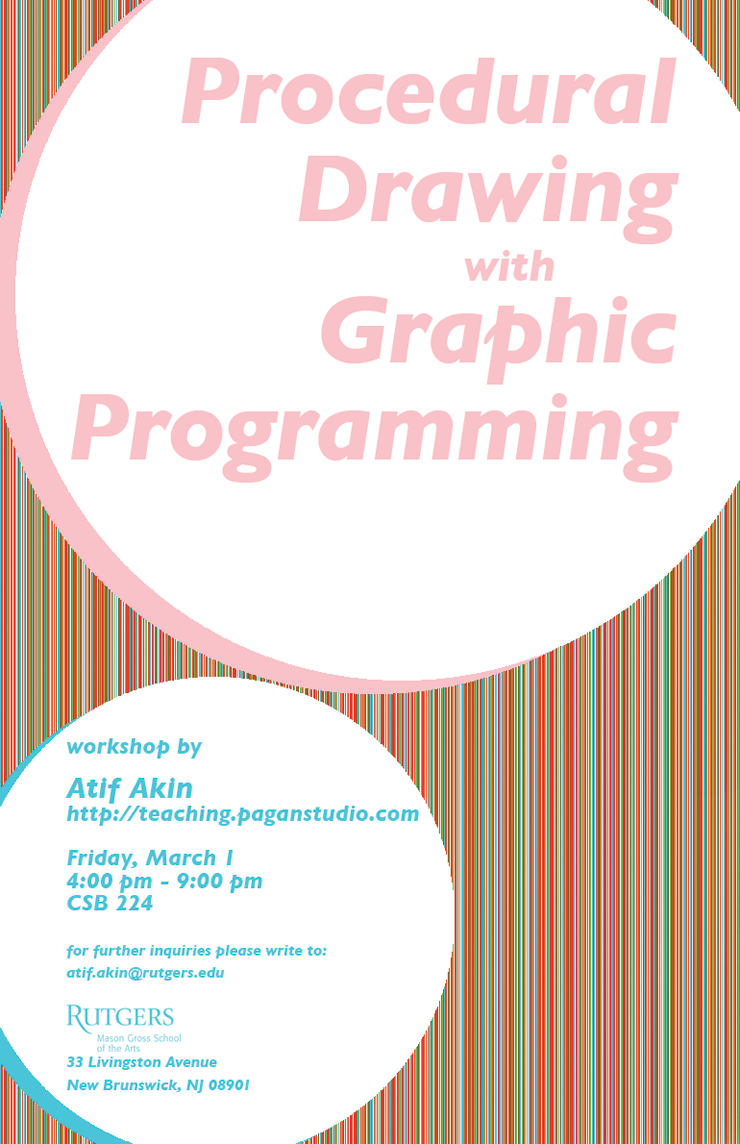All posts by Atif Akin
Art in a State of Mobility
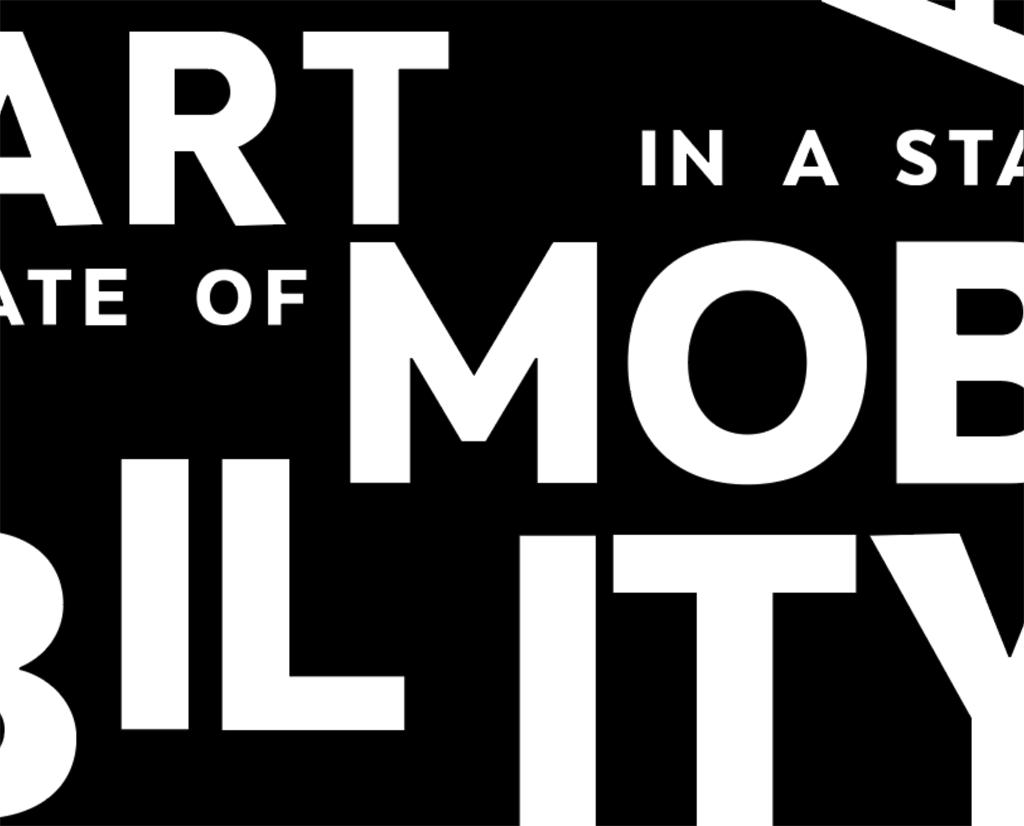
Mason Gross Presents
Panel Discussion
ART IN A STATE OF MOBILITY
Tuesday, October 25, 2016, 5–7 P.M.
MASON GROSS SCHOOL OF THE ARTS
CIVIC SQUARE AUDITORIUM
33 LIVINGSTON AVENUE – NEW BRUNSWICK, NJ
Panelists:
Mirene Arsanios
Mariam Ghani
Daniela Kostova
Modereated by:
Sara Raza
See below for bios
The theme of the panel organized for Fall 2016 is a response to the contemporary situation and discussions around the masses of people moving around the globe. Whether to seek greater economic or social opportunity, global warming or through forced migration due to conflict or persecution, 244 million people migrated across borders in 2015.
In Reflections on Exile Edward Said writes, “Modern Western culture is in large part the work of exiles, émigrés, refugees. In the United States, academic, intellectual, and aesthetic thought is what it is today because of refugees from fascism, communism, and other regimes given to the oppression and expulsion of dissidents.”
Said’s reflections remain accurate in the age of global war today. He describes modern warfare, imperialism, and the quasi-theological ambitions of totalitarian rulers, all of which precisely refer to the current, tragic situation in the Middle East. Said expresses particular interest in the creative character of exile, in that much of life in exile is taken up with compensating for disorienting loss by creating a new world to rule. He observes, “It is not surprising that so many exile seem to be novelists, chess players, political activists and intellectuals.”
Said further relates his observation about the condition of exile to occupations that require a minimal investment in objects, but rather place a great premium on mobility and skill, thereby suggesting that exile is implicitly tied up with movement.
The discussion will be moderated by Sara Raza whose recent show “But A Storm Is Blowing from Paradise” is currently on view at the Guggenheim Museum thru Oct 5, 2016. We hope to bring together three artist with her whose practice address the contemporary notion of mobility on a global scale.
Recommended reading prior to the panel:
What is Freedom by Hannah Arendt
https://grattoncourses.files.wordpress.com/2015/09/hannah-arendt-what-is-freedom.pdf
Reflections on Exile by Edward Said
http://www.dartmouth.edu/~germ43/pdfs/said_reflections.pdf
Vita Activa: The Spirit of Hannah Arendt, a documentary film directed by Ada Ushpiz, …will be screened the week that follows in the spirit of this theme.
Thursday, November 3, 2016, 6:30–8:30 P.M.
Room 110
MASON GROSS SCHOOL OF THE ARTS
CIVIC SQUARE AUDITORIUM
33 LIVINGSTON AVENUE – NEW BRUNSWICK, NJ
Pizza and Popcorn will be served. The screening will be followed by a discussion moderated by Ardele Lister, and joined by some members of the faculty.
Biographies of the Panelists and the Moderator
Sara Raza
is a curator, writer and educator. She is currently the Guggenheim UBS MAP Curator, Middle East and North Africa, based at the Guggenheim Museum in New York. Sara has curated several international exhibitions and projects for biennials and festivals, including Collateral Events at the 55th Venice Biennale (2013). Sara writes for numerous publications and is the longstanding desk editor for West and Central Asia of ArtAsiaPacific magazine. Formerly, she was the head of education at Yarat Contemporary Art Space, Baku, Azerbaijan, founding head of curatorial programs at Alaan Art Space, Riyadh, Saudi Arabia, and curator of public programs at Tate Modern, London (2006–8). She earned her MA in Art History and Theory, and BA in English Literature and History of Art from Goldsmiths College, University of London. Awards include the United Kingdom Arts Council’s Emerging Curator’s Award at the South London Gallery (2004) and winner of the 11th ArtTable New Leadership Award (2016). Sara is an artist adviser for ISCP in New York and the author of Punk Orientalism: Central Asia’s Contemporary Art Revolution, set to be published in 2017 by Black Dog Publishing, London.
Mariam Ghani
is an artist, writer, filmmaker and teacher. Her research-based practice spans video, installation, photography, performance, and text. Her exhibitions and screenings include the Rotterdam, CPH:DOX and transmediale film festivals, the Sharjah and Liverpool Biennials, dOCUMENTA (13) in Kabul and Kassel, MoMA in New York, the National Gallery in DC, the St. Louis Art Museum, and the CCCB in Barcelona. Ghani has collaborated with artist Chitra Ganesh since 2004 on Index of the Disappeared, an experimental archive of post-9/11 detentions, deportations, renditions and redactions; with choreographer Erin Kelly since 2006 on the video series Performed Places; and with media archive collective Pad.ma since 2012 on the Afghan Films online archive. Ghani has been awarded NYFA and Soros Fellowships, grants from Creative Capital, Art Matters, NYSCA, and the Mid-Atlantic Arts Foundation, among others. She holds a B.A. in Comparative Literature from NYU and an MFA from SVA. Ghani currently teaches in the Social Practice MFA program at Queens College and the Film Studies program at the Graduate Center, and is a Visiting Artist at the Schell Center for International Human Rights at Yale Law School.
Daniela Kostova
is an interdisciplinary artist who holds M.F.A. from Rensselear Polytechnic Institute, NY and the National Art Academy in Sofia. Her work is focused on hybrid cultures and architecture, resulted from migrations and changing global socio-cultural conditions. It addresses issues of geography and cultural representation, the production and crossing of socio-cultural borders, and the uneasy process of translation and communication. Kostova has exhibited at venues such as Queens Museum of Art (NY), Institute for Contemporary Art (Sofia), Kunsthalle Wien (Austria), Antakya Biennale (Turkey), Centre d’art Contemporain (Geneva), Fondazione Sandretto Re Rebaudengo, (Torino) and Kunsthalle Fridericianum (Kassel), among the others. Her work is reviewed in New York Times, Brooklyn Rail, Flash Art International and Art in America. In addition, Kostova curated the BioArt Initiative–art & science project of the Arts Department and the Center for Biotechnology and Interdisciplinary Studies at RPI. She is also a co-founder of the Bulgarian Collaborative, interdisciplinary collective that includes artists, musicians, literati and architects. Kostova lives and works in NYC. She is the Director of Curatorial Projects at Radiator Gallery and a Board Member of CEC Artslink, New York.
Mirene Arsanios
is a writer who was born in Beirut, Lebanon. She co-founded the collective 98weeks Research Project in Beirut and is the founding editor of Makhzin, a bilingual literary magazine. Her work has appeared in The Animated Reader, The Outpost, and The Rumpus, among others. Arsanios was the recipient of the Enizagam fiction prize (2014), and Forum Fellows, Art Dubai, Dubai, U.A.E (2015). She was an artist-in-residence at the CCA, Warsaw, Poland (2015), and at the Villa Romana, Florence, Italy (2012). Arsanios received her MA from Goldsmiths College, London, and an MFA from the Milton Avery School of the Arts, Bard College. She lives in New York where she is currently a writer-in-residence at the Lower Manhattan Cultural Council.
Ozge Samanci at Mason Gross
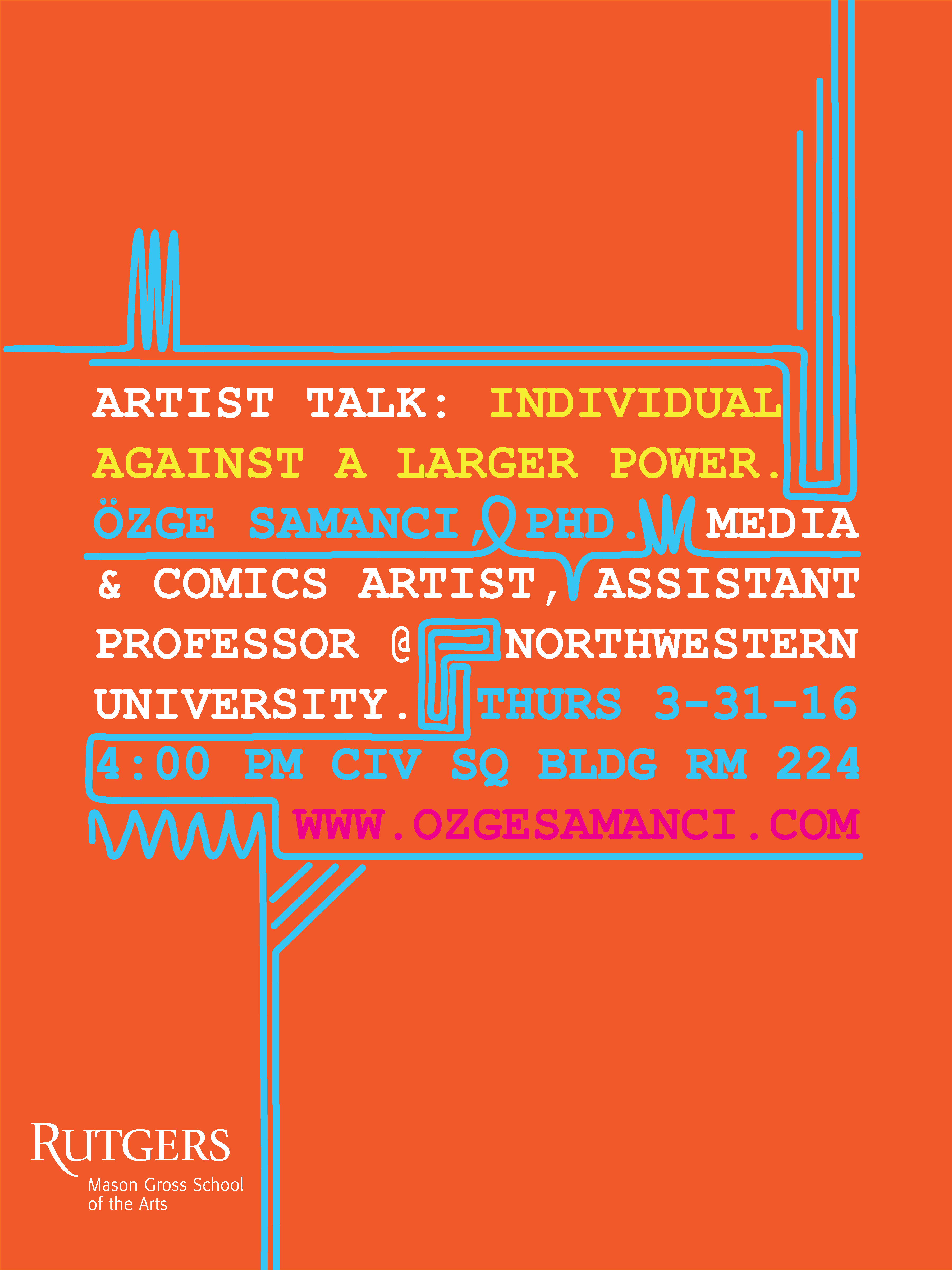
As an artist, Ozge often tells stories about an individual’s battle to stay true to herself against a larger entity such as a government, corporations, capitalism, society, patriarchy, and the inevitable passage of time. In her artwork, she pushes the boundaries of traditional and digital media in order to create new ways of making meaning.
The Soldier’s Tale (L’histoire du soldat)
The Mason Gross School of the Arts at Rutgers University celebrates its 40th anniversary year with a presentation of The Soldier’s Tale (L’histoire du soldat) 7:30 p.m. Saturday, February 20, 2016, at Nicholas Music Center.
The fully staged production, a school-wide collaboration of the Dance, Digital Filmmaking, Music, Theater, and Visual Arts programs, includes a score composed by Igor Stravinsky and text by Swiss writer C.F. Ramuz.
The Soldier’s Tale is a “remash of a few Russian folktales that are put into one story of a soldier who sells the devil his violin, which in a sense represents his soul,” explains theater faculty member Christopher Cartmill, who voices the narrator. “And you can’t cheat the devil.”
An ensemble of seven musicians, led by Rutgers Symphony Orchestra conductor Kynan Johns, will perform Stravinsky’s score, which was created “in a moment of incredible adversity for both the world and the composer,” says Cartmill.
“World War I was going on and Stravinsky was at a pivotal point in his own career where his work was changing,” Cartmill says. “Instead of being stopped by it, he created something of lasting power. There’s something really extraordinary about that as we work to teach and to learn.”
“Stravinsky himself was so enthusiastic about this work and its dance idiom that he wanted to dance the role of the devil himself,” adds George B. Stauffer, dean of the Mason Gross School. “The director urged restraint.”
Artistic director and music faculty member Elena Chernova-Davis says the production’s use of video projections, created by faculty and students from the Visual Arts Department, establishes a fresh take on previous performances of the tale.
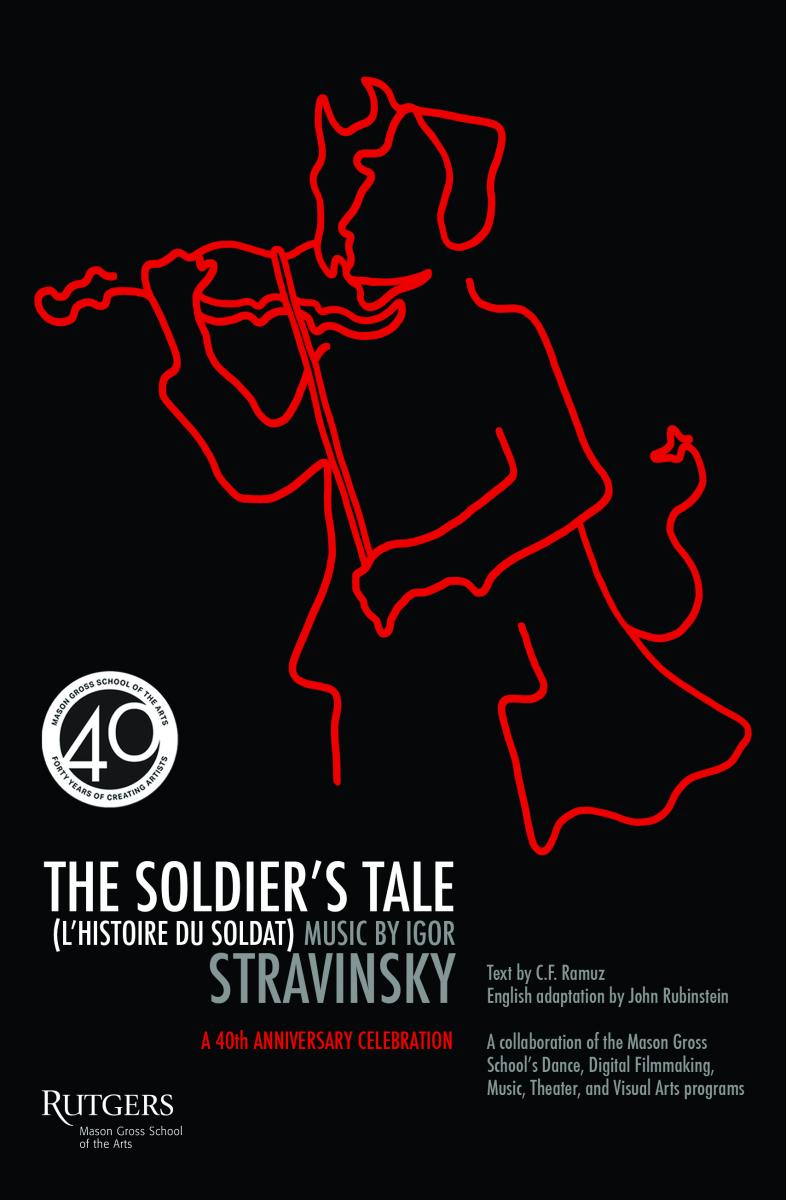
“The projections use abstract animations to evoke the mood of each scene–flowing ripples of blue when the action takes place by a brook, chaotic swirls of yellow and purple to depict the hectic scene inside the castle,” explains Chernova-Davis. “These projections allow a freedom of expression to the dancers who are interacting with them that would not be possible using traditional physical sets.”
Stauffer says The Soldier’s Tale is the “perfect work” for the 40th anniversary celebration of the school, founded in 1976 as the arts conservatory of Rutgers University.
“Stravinsky and Ramuz conceived this piece for actors, musicians, and dancers, with a strong visual element,” says Stauffer. “The Mason Gross School’s production stays true to that interdisciplinary spirit.”
Following the performance on campus, The Soldier’s Tale will be presented February 21 at Le Poisson Rouge in New York City, with an opening showcase of short pieces performed by Rutgers’ Helix! New Music Ensemble.
The Soldier’s Tale will be presented 7:30 p.m. Saturday, February 20, 2016, at Nicholas Music Center. Tickets are $15 for the general public, $10 for Rutgers alumni and employees and seniors, and only $5 for students with valid ID. Nicholas Music Center is in the Mason Gross Performing Arts Center, 85 George Street (between Route 18 and Ryders Lane), on the Douglass Campus of Rutgers, The State University of New Jersey, in New Brunswick. The production will also be presented 7:30 p.m. Sunday, February 21, 2016, at Le Poisson Rouge in New York City. Tickets are $15 to $20 and are available here. For more information about any Mason Gross event, visit www.masongross.rutgers.edu or call the Mason Gross Performing Arts Center ticket office at 848-932-7511.
7:30 p.m. Sunday, February 21, 2016. Doors open at 6:30 p.m.
A fully staged performance of Igor Stravinsky’s 1918 classic. This collaboration between our theater, digital film, dance, visual arts, and music programs, featuring full narration by Christopher Cartmill, as well as dancers, and multimedia elements, is presented in honor of the Mason Gross School’s 40th anniversary.
Helix! New Music Ensemble, devoted to the presentation of classical styles of 20th-century music, with an emphasis on music composed since 1950, begins the program with short pieces by John Adams, Andrew Norman, Thomas Ades and the recently deceased Pierre Boulez. Conducted by Kynan Johns.
Le Poisson Rouge, 158 Bleecker Street, New York City
Tickets ($15 to $20) are available here.
The Poetics of Circuitry
As the third and final event of Spring 2013 Design Area Lectures + Workshops at Visual Arts Department at the School of Mason Gross School of the Arts, Rutgers University, Taeyoon Choi will lead a workshop titled Poetics of Circuitry.
Tae is an artist, writer, hacker, teacher and some other things, but most importantly he is an activist with political concerns. Please take a look at Occu-Bot that he designed for Zucotti Park last Fall. He is also been an Eyebeam resident in 2008 and fellow in 2011.
His artistic research is focused on urban space, structural violence and collective behavior. He creates site specific intervention, new media performance and participatory experience in collaboration with community, art spaces and activist groups.
Taeyoon Choi
http://taeyoonchoi.com
March 15, Friday 4:00 pm. – 8:00 pm.
CSB 224
for further inquiries please write to:
atif.akin@rutgers.edu
33 Livingston Avenue
New Brunswick, NJ 08901
Procedural Drawing with Graphic Programming
This hands on workshop aims at introducing participants to graphic coding with Processing to create procedural drawing systems with reference to art historical predecessors of the genre. Workshop is open to anyone who is interested in developing a system, coding and printing drawings, there are no prerequisites or background information needed.
Designing Ideologically Modified Organisms
workshop and presentation by
Orkan Telhan
http://orkantelhan.info
February 27, Wednesday 4:00 pm. – 8:00 pm.
CSB 224
Orkan Telhan is interdisciplinary artist, designer and researcher whose investigations focus on the design of interrogative objects, interfaces, and media, engaging with critical issues in social, cultural, and environmental responsibility.
Telhan is Assistant Professor of Fine Arts – Emerging Design Practices at University of Pennsylvania, School of Design. He was part of the Sociable Media Group at the MIT Media Laboratory and the Mobile Experience Lab at the MIT Design Laboratory. He studied Media Arts at the State University of New York at Buffalo and theories of media and representation, visual studies and graphic design at Bilkent University, Ankara. Telhan is working towards his PhD in Design and Computation at MIT’s Department of Architecture.
Telhan’s individual and collaborative work has been exhibited in a number of venues including the Istanbul Design Biennial, Ars Electronica, ISEA, LABoral, Archilab, Architectural Association, Architectural League/ NYC, and the MIT Museum.
Suggested reading before the event:
I. States of Design 07: Bio-design by Paola Antonelli
http://www.domusweb.it/en/design/states-of-design-07-bio-design-/
II.Catts, O., Zurr, I. 2010, ‘The Illusions of control Radical Engineers and Reactionary Artists’, Thresholds (Cambridge), NA, pp. 26
III. Calvert, Jane. 2010. “Synthetic biology: constructing nature?” The Sociological Review 58 (May 1): 95-112.
http://onlinelibrary.wiley.com/doi/10.1111/j.1467-954X.2010.01913.x/abstract
for further inquiries please write to: Atif Akin
poster and e-flier designed by James Brehm.
Art Library Research Guide
Rutgers Art Library has a new Art Library Research guide that may be accessed at:
http://libguides.rutgers.edu/artlibrary
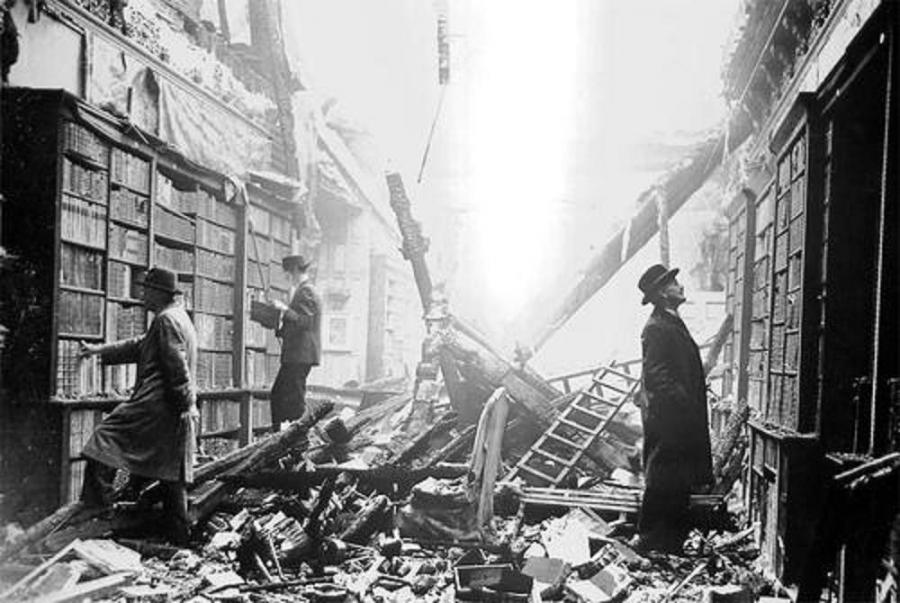
The Art Library
Rutgers
The State University of New Jersey
71 Hamilton Street
New Brunswick, New Jersey 08901-1248
Phone: 848.932.7739
NEUROMEDIA: The Intersection of Art and Science
Visiting Artist: Dr. Jill Scott
Thursday Dec. 6, 2012
Reception: 5 pm CSB lobby
Presentation: 6:40 CSB 110/117

The Electric Retina is a “neuromedia” sculpture which combines retinal research with interactive media art and metaphorical associations in order to explore the complexity of visual perception. Based on her residency in Neurobiology at the Institute of Zoology, University of Zurich, Scott gained a deeper insight into the genetic control of visual system development and function by analysis of zebra fish mutants, which are used as the main phenotypes for human eye disease research. While the Electric Retina displays examples from some of this research at the lab, its surface is constructed according to the rod and cone pattern array of photoreceptors in the human retina inspired directly from the Scanning Electronic Microscope. When the viewer looks into the “cones” or oculars, animations appear about the histological evidence, behaviour tests, molecular staining, cellular research images and related keywords from the researchers. The issues covered are macular degeneration, human diseases of the eye, genetic deficiencies and polarization. It is as if the viewers are looking through the tunnels into the neural chemical layers of the eye. From the other side of the sculpture, films of underwater movies are projected onto the wall. These are shot from the perspective of the impaired subject, which shows how visual impairment can affect neural behaviour. Therefore the projected films (affect) are directly related to the content of these ocular films (evidence) and aim is to allow the general public to gain a better understanding of how vision is affected by genetics, disease and degeneration.
The media artist Jill Scott has created the neuromedia sculpture “The Electric Retina” during her residency at the Neuroscience Lab University Zurich, Switzerland. The Artists-in-Labs program offers 4 annual residencies in Swiss science labs to artists. Scott initiated the program and is its director. Currently the docu is also shown in Singapore at the ISEA, an electronic arts festival. The film maker Anet Nyffeler directed this docu and currently develops a TV-documentary on the subject ArtSci and this specific program. Transdisciplinarity is a current overall development in the arts and science.
“True knowledge exists in knowing that you know nothing!” -Socrates Conceptual art requires a subjective approach and the process of discovery is often evident in the final artwork that is produced. The aim of Neuromedia is to explore how conceptual art interpretations and scientific illustrations of the human body can be combined to transfer information about how we think and how our senses work together. While Scott makes unique screen based sculptures embedded with macroscopic views of molecular and cellular evidence, over the last few years, the increasingly popular subject of Neuroscience offers many artists a reality that is now considered to be an “extension of cinema”. After all, perceptual feedback loops are at the heart of both disciplines, a fact that is causing more collaboration between artists and neuroscientists to occur. What is the value of these collaborations? Are the results are objective and subjective at the same time? Under the headings of “inspirations, constructions, challenges and reactions” can Neuromedia not only humanize science but also deepen the tangible and experiential experience of art itself?
BIOGRAPHY Jill Scott is originally from Australia, but has been working and living in Switzerland since 2003. Currently she is a Professor for Art and Science in the Institute Cultural Studies in the Arts, at the Zurich University of the Arts (ZhdK) in Zürich and Co-Director and Founder of the Artists-in-Labs Program (a collaboration with the Ministry for Culture, Switzerland) which places artists from all disciplines into physics, computer, engineering and life science labs to learn about scientific research and make creative interpretations. She is also Vice Director of the Z-Node PHD program on art and science at the University of Plymouth, UK-a program with 16 international research candidates. Her recent publications include: The Transdiscourse book series: Volume 1: Mediated Environments, 2011, Artists-in-labs: Networking in the Margins, 2011 and Artists-in-labs: Processes of Inquiry: 2006 Springer/Vienna/New York, Artists-in-labs Processes of Inquiry both from Springer/Vienna/New York. Her education includes: PhD, University of Wales (UK), MA USF, San Francisco, as well as a Degree in Education (Univ. Melbourne) and a Degree in Art and Design (Victoria College of the Arts). Since 1975, she has exhibited many video artworks, conceptual performances and interactive environments in USA, Japan, Australia and Europe. A monograph entitled: Coded Characters Hatje Cantz 2002, Ed. Her most recent art works involve the construction of interactive media and electronic sculptures based on studies she has conducted in residence in neuroscience labs at the University of Zurich, called “Neuromedia” (a Springer Publication in conjunction with an exhibition of the same name in KULTURAMA Science Musuem in Zurich). These particularly relate to the somatic sensory system and artificial skin (e-skin) 2003-2007, molecular and retinal behaviour in relation to human eye disease (The Electric Retina-2008), nerve damage in relation to UV radiation, in the skin and on the landscape (Dermaland- 2009) and Somabook (2010) about the problems in the development of neural networks in the pre-natal stage. Currently, she is working on two new projects about the neural systems of hearing and taste, inspired by a residency with neuroscientists at SymbioticA, University of Western Australia.
Documentary Photography Today
This symposium will reflect on how and why we use the term “documentary” to
describe photography today. In what ways are artists, scholars, and curators thinking
about documentary photography? How are photographers dealing with the
evidentiary function of their pictures while notions of authenticity and truth are
broadly challenged by political conflicts and new media? How do those pictures shape
our understanding of contemporary human rights, and their violations, across the
globe? Might we also speak of documentary photography as a style unlinked to the
medium’s social functions? Participants will include photographer Nina Berman, Mary
Panzer (NYU), and Sharon Sliwinski (University of Western Ontario), with respondent
Diane Neumaier (Rutgers).
Friday, December 7, 2012
10 a.m.–1 p.m.
Alexander Library
Teleconference Lecture Hall
169 College Avenue
